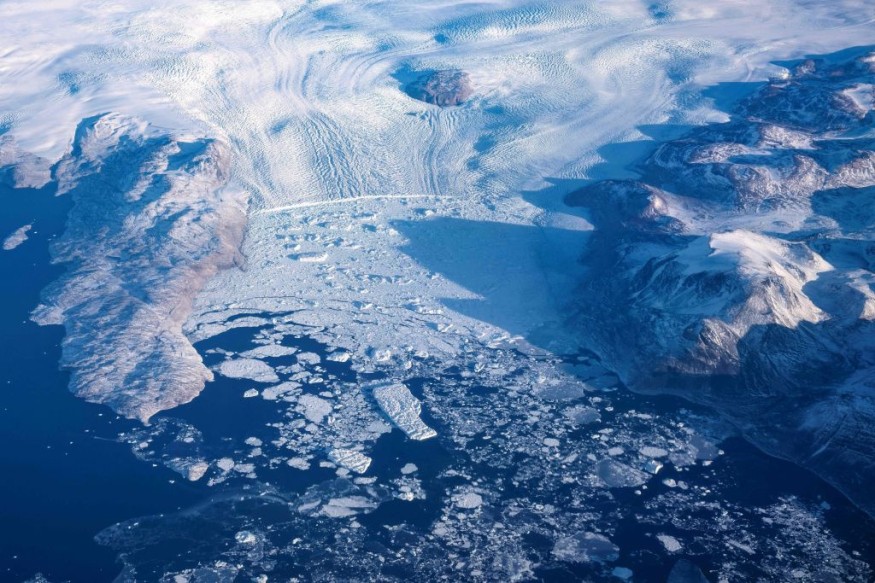
Experts warned that ocean currents could collapse as Greenland loses 30 million tons of ice in an hour because of the climate crisis.
The study pointed out that nearly every glacier in Greenland has thinned or retreated over the past few decades, leading to glacier acceleration, increased rates of sea-level rise and climate impacts around the globe.
To better understand how calving-front retreat has affected the ice-mass balance of Greenland, experts had combined and utilized 236,328 manually derived and AI-derived observations of glacier terminus positions collected from 1985 to 2022 and generate a 120-m-resolution mask defining the ice-sheet extent every month for nearly four decades.
Ocean Circulation
Based on the results of their experiment, it was shown that since 1985, the Greenland Ice Sheet (GrIS) has lost 5,091 ± 72 km2 of area, corresponding to 1,034 ± 120 Gt of ice lost to retreat.
''Our results indicate that by neglecting calving-front retreat, current consensus estimates of ice-sheet mass balance have underestimated recent mass loss from Greenland by as much as 20%,'' the study said.
Scientists have already expressed concerned that the additional source of freshwater pouring into the north Atlantic could result in a collapse of the ocean currents called the Atlantic meridional overturning circulation (AMOC).
They said this could have consequences for humanity.
The National Ocean Service said that the AMOC is a system of ocean currents that circulates water within the Atlantic Ocean, bringing warm water north and cold water south.
The AMOC circulates water from north to south and back in a long cycle within the Atlantic Ocean. This circulation brings warmth to various parts of the globe and also carries nutrients necessary to sustain ocean life.
The mass loss, which was reported, had minimal direct impact on global sea level but is sufficient to affect the ocean circulation as well as the distribution of heat energy around the globe.
Seasonsal Timescale
When it comes to the seasonal timescales, Greenland loses 193 ± 25 km2 (63 ± 6 Gt) of ice to retreat each year from a maximum extent in May to a minimum between September and October.
The study emphasized that multidecadal retreat is highly correlated with the magnitude of seasonal advance and retreat of each glacier, meaning that terminus position variability on seasonal timescales can serve as an indicator of glacier sensitivity to longer-term climate change.
Experts noted that the environment that surrounds glaciers in Greenland undergoes considerable variation when it comes to seasonal timescales.
Summer ocean warming and influxes of meltwater runoff elevate melt rates, saying that this can alter the thickness and tensile strength of glacial ice.
Calving rates respond roughly proportionally to changes in the tensile stress at the terminus of a glacier, and so the processes that influence tensile stress on seasonal timescales offer a window into the impacts of longer-term change.
Further, researchers mentioned that the amount of warming that Greenland experiences each year from winter to summer is far greater than the total rise in annual average temperatures over the past several decades.
This means that the seasonal variability in glacier tensile stress is probably larger than any environmentally induced secular trend.
Related Article : Melting Ice Sheet in Greenland May Trigger Tsunamis and Underwater Landslides, Expert Warn
© 2025 NatureWorldNews.com All rights reserved. Do not reproduce without permission.





